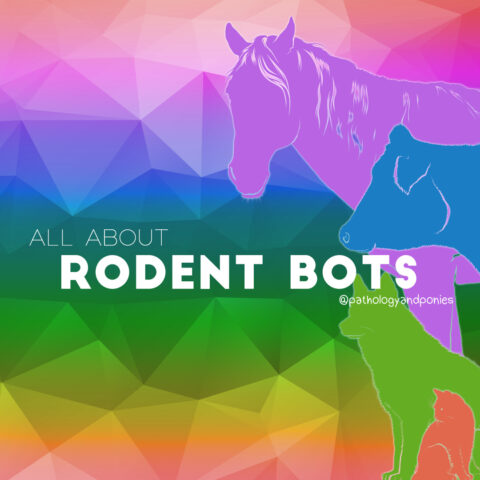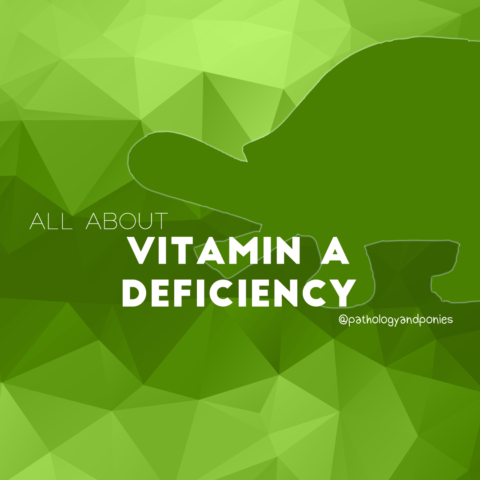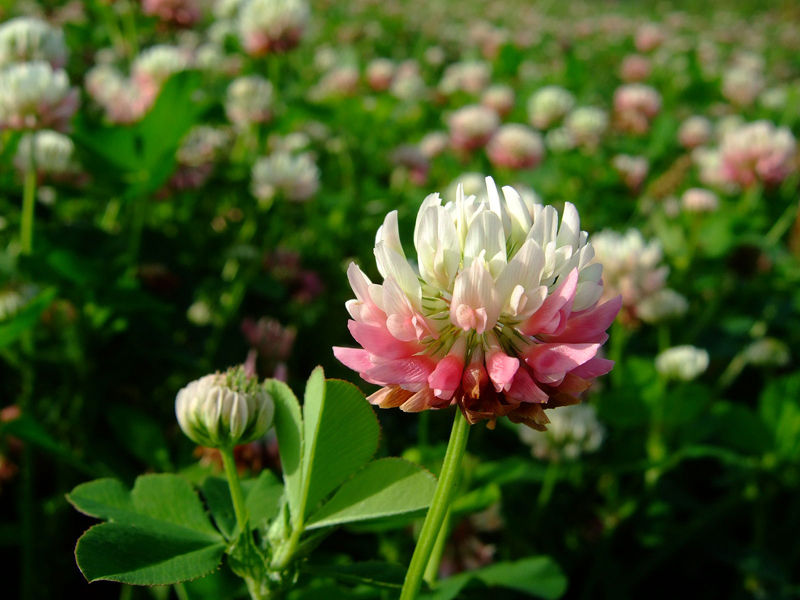
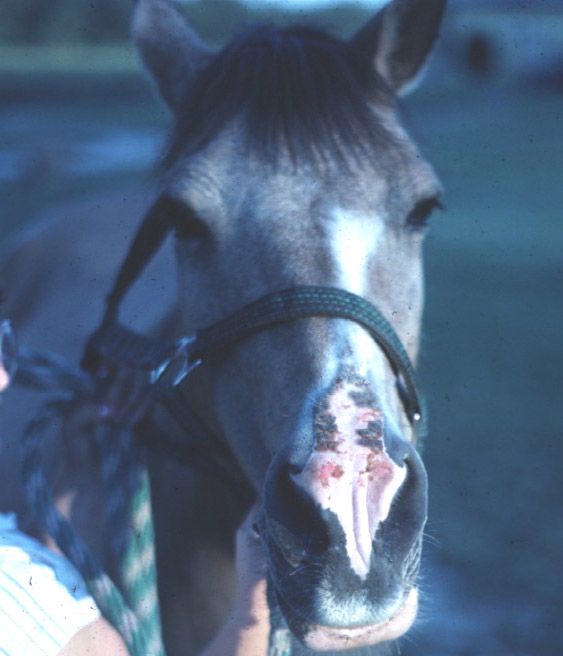

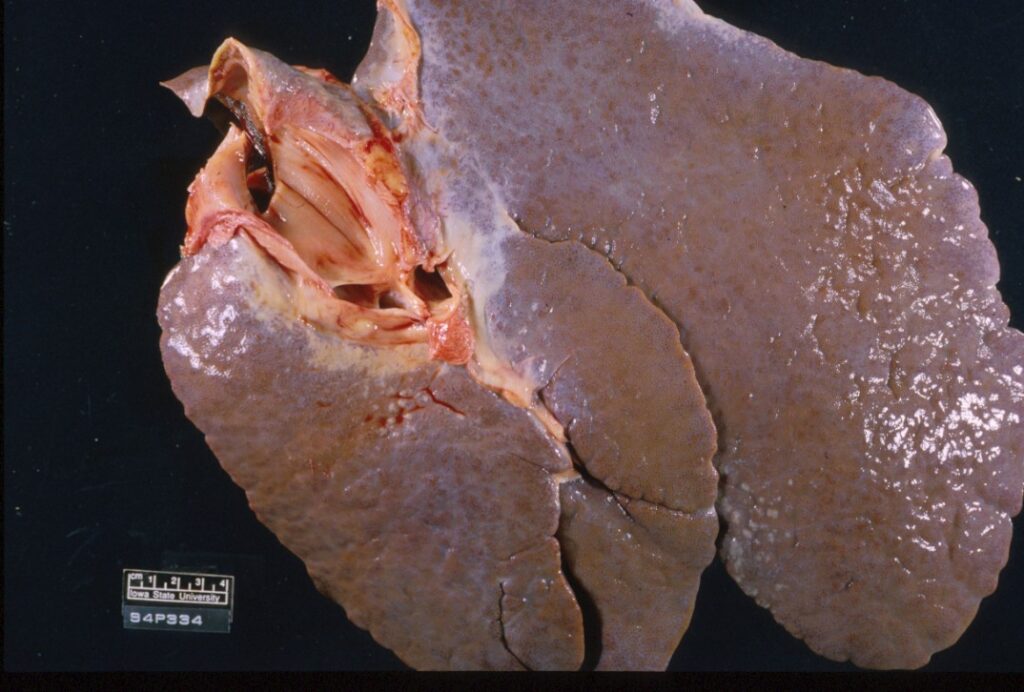

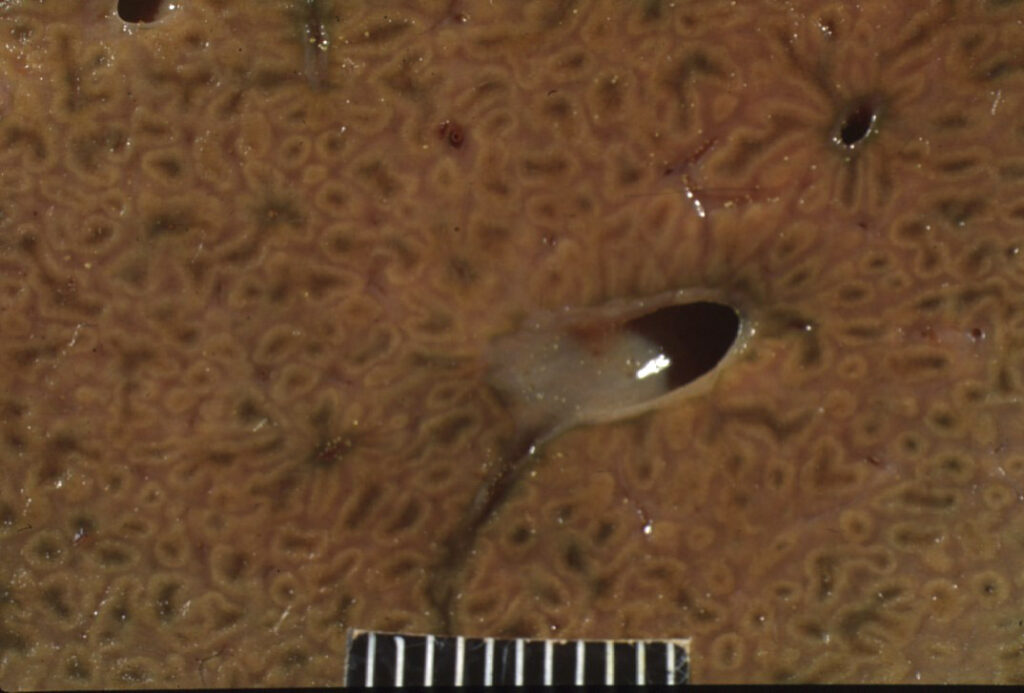
Today’s path rounds are on 𝐚𝐥𝐬𝐢𝐤𝐞 𝐜𝐥𝐨𝐯𝐞𝐫 𝐭𝐨𝐱𝐢𝐜𝐢𝐭𝐲! In honour of St. Patrick’s Day, even though it’s a little late ![]()
![]()
𝐖𝐡𝐚𝐭 𝐢𝐬 𝐢𝐭?
𝐀𝐥𝐬𝐢𝐤𝐞 𝐜𝐥𝐨𝐯𝐞𝐫 is a common type of clover found throughout North America, that is associated with liver disease in horses. Alsike clover’s scientific name is 𝐓𝐫𝐢𝐟𝐨𝐥𝐢𝐮𝐦 𝐡𝐲𝐛𝐫𝐢𝐝𝐮𝐦.
𝐖𝐡𝐨 𝐠𝐞𝐭𝐬 𝐢𝐭?
As mentioned, this toxicity typically affects horses. In some cases, an affected pasture or hay source can lead to “outbreaks” of this toxicity, with numerous animals having signs of the disease.
𝐖𝐡𝐚𝐭 𝐜𝐚𝐮𝐬𝐞𝐬 𝐢𝐭?
The toxin within alsike clover has not been identified, however we do know that it affects the liver. In particular, alsike clover toxicity causes proliferation of the 𝐛𝐢𝐥𝐞 𝐝𝐮𝐜𝐭𝐬, which remove waste products from the liver and empty them into the gastrointestinal tract. This proliferation suggests that the toxin within alsike clover might be damaging to the bile ducts, causing them to try and compensate for the damage by proliferating. This damage frequently causes 𝐟𝐢𝐛𝐫𝐨𝐬𝐢𝐬 (scarring) of the liver tissue as well.
𝐖𝐡𝐲 𝐢𝐬 𝐭𝐡𝐢𝐬 𝐚 𝐩𝐫𝐨𝐛𝐥𝐞𝐦?
With the proliferating bile ducts and associated fibrosis, the liver is not able to properly excrete several waste products, including 𝐚𝐦𝐦𝐨𝐧𝐢𝐚. Ammonia begins to accumulate within the animal, where it affects the nervous system, causing 𝐧𝐞𝐮𝐫𝐨𝐥𝐨𝐠𝐢𝐜 𝐬𝐢𝐠𝐧𝐬 like significant depression, wandering, “head pressing” against objects and difficulty walking.
The liver is also unable to excrete 𝐩𝐡𝐲𝐥𝐥𝐨𝐞𝐫𝐲𝐭𝐡𝐫𝐢𝐧, which is derived from break down of chlorophyll in the intestines. This compound accumulates in the skin and absorbs UV radiation from the sun. It then releases this energy into the surrounding tissue, causing significant damage to the skin. This process is called 𝐩𝐡𝐨𝐭𝐨𝐬𝐞𝐧𝐬𝐢𝐭𝐢𝐳𝐚𝐭𝐢𝐨𝐧, and is often seen in animals with alsike clover toxicity.
𝐇𝐨𝐰 𝐢𝐬 𝐢𝐭 𝐝𝐢𝐚𝐠𝐧𝐨𝐬𝐞𝐝?
Typically, alsike clover toxicity is diagnosed based on a history of exposure to the plant, combined with signs of photosensitization or liver disease. If needed, a 𝐥𝐢𝐯𝐞𝐫 𝐛𝐢𝐨𝐩𝐬𝐲 (sample of tissue) can be taken to identify the proliferating bile ducts and fibrosis, to help support the diagnosis.
𝐇𝐨𝐰 𝐢𝐬 𝐢𝐭 𝐭𝐫𝐞𝐚𝐭𝐞𝐝?
The best treatment is simply to remove the source of alsike clover, whether that be moving to a new pasture or changing hay sources. Animals with photosensitization lesions should also be kept indoors until their lesions have healed, to prevent further skin damage. Thankfully, these animals recover quite quickly!
𝐏𝐡𝐨𝐭𝐨𝐬
1) The plant in question, alsike clover!
2-3) Horses with signs of photosensitization, causing skin damage on their noses.
4-6) Livers with biliary hyperplasia and fibrosis. On the close up section, you can see nice distinct lines of scar tissue.
𝐒𝐨𝐮𝐫𝐜𝐞𝐬
Maxie, G. Jubb, Kennedy and Palmer’s Pathology of Domestic Animals, Volume 2. Sixth Edition.
Foreman, JH. Hepatotoxins in large animals. Merck Veterinary Manual 2016.
Photo 1 © Wikimedia Commons contributor Aiwok licensed under CC 3.0 Unported.
Photos 2-6 © Noah’s Arkive contributors King, Doster, Metro, Howard licensed under CC BY-SA 4.0.

